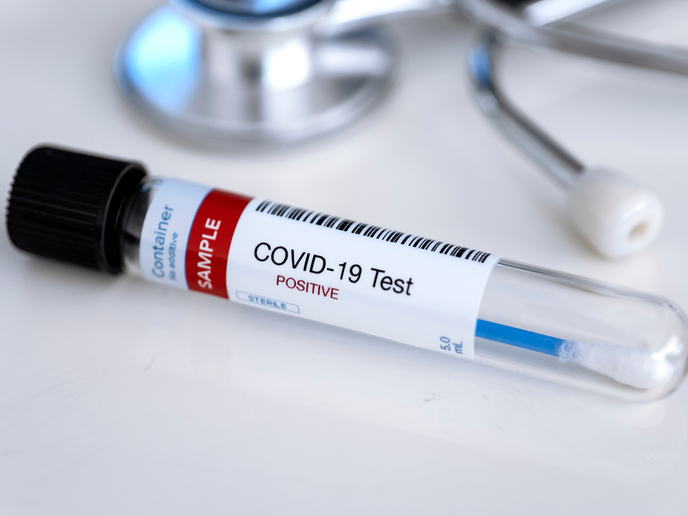Novel cellular engineering fights leukaemia effectively but gently
Leukaemia is a group of blood cancers that generate abnormal blood cells, with a range of symptoms, including: fatigue, bleeding, bruising and increased risk of infections. Treatment typically includes combinations of chemotherapy, radiotherapy and bone marrow transplant, with success depending on the specific type of leukaemia and the patient’s age. A more recent novel therapy genetically modifies immune killer cells to recognise and destroy B-cell leukaemias by equipping them with artificial receptors which redirect them to kill the cancerous B-cells identifiable by their expression of specific proteins. These therapeutic cells are lab grown and then transferred back to the patient. “Unfortunately while the therapy effectively kills tumorous B-cells, it also kills healthy B-cells. Yet despite this drawback, for patients with certain B-cell malignancies the trade-off is still worth it,” says Lukas Jeker(opens in new window) from the University of Basel. This approach works because the target proteins are only found on B-cells. Additionally, the collateral killing of healthy B-cells can be compensated by administering antibodies normally produced by the B-cells. “The challenge remains to identify target proteins for other blood tumours, such as those from myeloid cells when many of their proteins are also found on healthy blood stem cells (HSCs) – the source of all blood cells. Collateral killing of these would be devastating,” explains Jeker, coordinator of the TALE project, which was funded by the European Research Council(opens in new window). TALE proposes that alongside receiving reprogrammed killer cells, patients receive healthy cells engineered to be resistant to (shielded from) them.
How to kill tumour cells without collateral damage
Focusing on a proof of concept for acute myeloid leukaemia (AML), TALE first identified the precise binding region of targeted therapies including antibodies, antibody drug-conjugates, T-cell engagers and then reprogrammed killer ‘CAR T’ cells. A minimally modified version of the target protein was then designed to no longer bind the therapeutic agents, while retaining function. This variant was then engineered into the genome of human HSCs, as the origin of all blood cells – conferring resistance to the therapy – before being transplanted into mice to test the concept on a diseased organism. “Being able to target and kill tumour cells radically, without collateral damage to the HSCs, maintains the newly regenerating blood system,” adds Jeker. The TALE system was evaluated by a range of tests, including: computational modelling; cellular screening to identify binding regions of targeted drugs, and biophysical methods to characterise proteins, target protein/drug interactions and confirm the stability of engineered, target proteins. “We demonstrated the concept’s feasibility, with stunning AML results, eradicating different blood tumours in mice without harming the blood system. Going well beyond proof of concept, starting the development for clinical trials and getting closer to a therapeutic product,” remarks Jeker. “We came full circle, TALE started as a basic research project, progressed into a therapeutic project, which triggered new basic research(opens in new window).”
Wider potential for a new therapeutic platform
The TALE team found that applying their concept to a protein found on virtually all blood cells (CD45), offers a near-universal approach to replacing the blood system. A variation to remove chemotherapy from blood stem cell transplantation was also explored, with the team now working on applying the concept to autoimmune and infectious diseases. Alongside academic groups, TALE also collaborated closely with Cimeio Therapeutics(opens in new window), Jeker’s spin-off company, raising additional funds to develop actual therapeutics. Cimeio has also partnered with the biotech company Prime Medicine(opens in new window), and a pharmaceutical company, Kyowa Kirin(opens in new window), to plan commercialisation. “We now have patients and leading physicians reaching out to us because they see the potential to treat leukaemias and genetic blood diseases, more gently than chemotherapy allows,” says Jeker.







